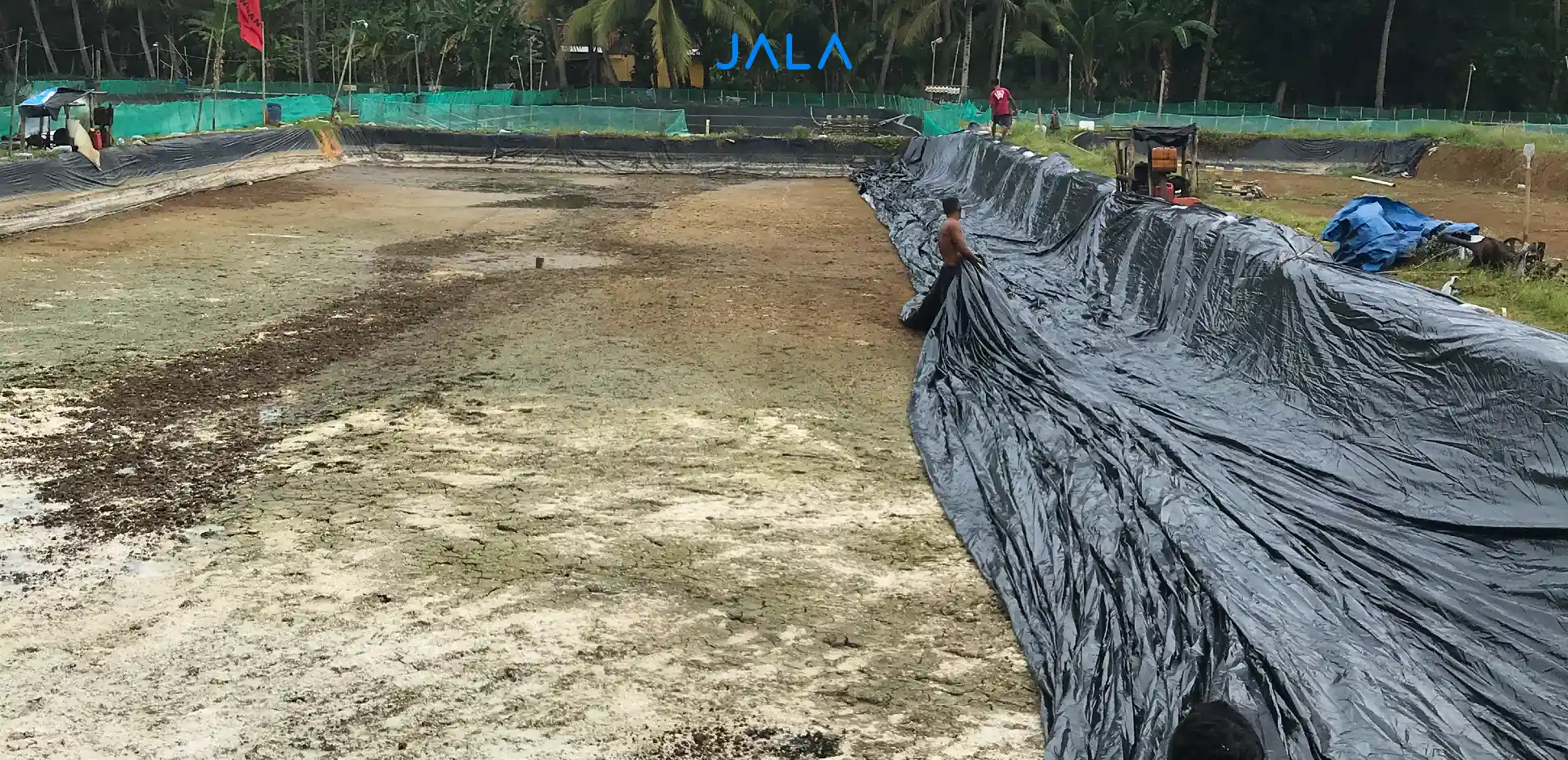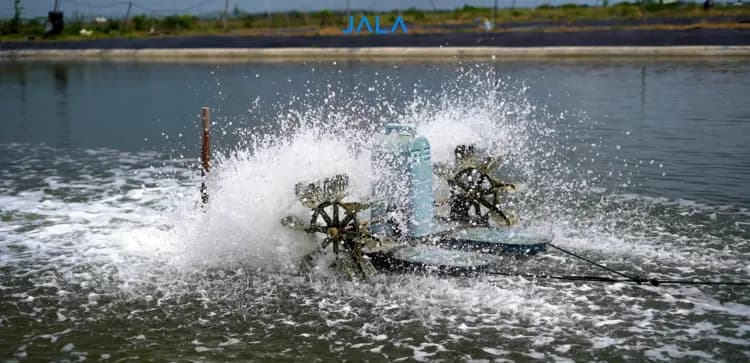
Running a successful shrimp cultivation requires the right shrimp pond design and suitable facilities. By creating a pond design, shrimp farmers will find it easier to manage water and waste throughout shrimp cultivation and harvest.
What are the requirements for the right shrimp pond design and how to create an ideal pond construction? Learn more in this article!
Contents
Related ArticlesLogin to Read the Full Article
Use your Jala account to read this article. If you don't have an account, please register on Jala App.





